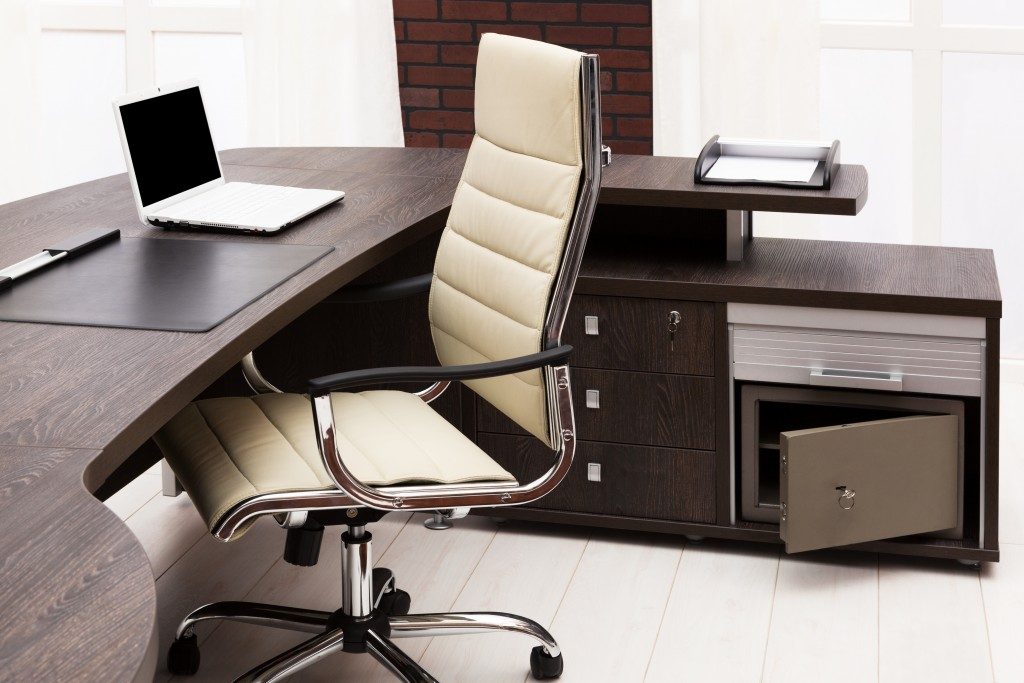The culture in your office affects your employees’ morale and productivity. There are many ways to improve culture, from team-building activities to weekly townhall meetings, but one that’s most influential yet often overlooked is office design. Your employees don’t work in a vacuum — the space where they do their jobs affects their attitudes and behaviors towards their work and colleagues.
If you want to build a culture that aligns with how exactly you expect your team to work, you should be able to consider these cultural factors in your design:
1. Working relationships
The layout of your space reflects the kind of working relationship you want to instill among your employees. Open-plan offices prioritize a sense of greater community and fellowship, while cubicles promote a more focused collaboration, perhaps a coaching and mentoring approach.
Look at your core values and see which between the two is the priority. From there, make your philosophy alive in your office design. Do note that this doesn’t mean that when you choose one, you abandon the other.
If you choose the cubicle layout, you’re not disregarding the sense of community. You still have to designate areas for coming-together — let’s say, a break room or a conference room. This just means that perhaps due to the nature of your business or the clients’ needs, you want to promote focused collaboration more. Of course, there’s also a layout wherein you can have the best of both worlds. You can have an open concept where the employees’ personal stations are laid out, and also dedicated spaces for peace and quiet, in the form of nap pods and meditation rooms.
2. Sense of authority
 If the layout of the space promotes a certain type of professional relationship, the way employees are assigned to certain spaces subtly communicates authority, which is also an important ingredient in corporate culture. In businesses where there’s a strong sense of hierarchy, the bosses and the managers often have corner offices, which are areas that are tucked away from the rest of the workers.
If the layout of the space promotes a certain type of professional relationship, the way employees are assigned to certain spaces subtly communicates authority, which is also an important ingredient in corporate culture. In businesses where there’s a strong sense of hierarchy, the bosses and the managers often have corner offices, which are areas that are tucked away from the rest of the workers.
Flat organizations, on the other hand, often work at identical spaces. When one has a cubicle, the other has one, too. Similar to the advice above, evaluate your organization. This time, your approach to authority. How do you decide on matters? Is it the top management having that decisive voice, or is it more of a democratic type? From there, reflect it in your office space and make your employees own their personal areas.
One way to do that is to update your furnishings. Before you go shopping for office furniture, Salt Lake City-based interior designers recommend doing a survey among your employees on how they think their space could work better. This way, your choice of furnishings will be more informed.
3. Concept of time
This is very much part of your corporate culture, as well. Your employees should be on the same page when it comes to handling time because it changes the way they approach productivity. If a certain department requires workers to be very time-sensitive, you need structures in your office design that would promote being accountable to each other.
An open bullpen office can help in here. On the other hand, if there’s a team that focuses less on time and more on a certain quality of outputs, then it’s best to have the ambiance of a home in your office to blur the passing of time and help your employees be “in the zone.” Casual furniture and fixtures, like bean bags, throw pillows, and mood lighting can help here.
Again, the biggest factor that influences corporate culture is office design. Pay attention to elements in your space and see if they indeed reflect the way you want things to work in your organization.

